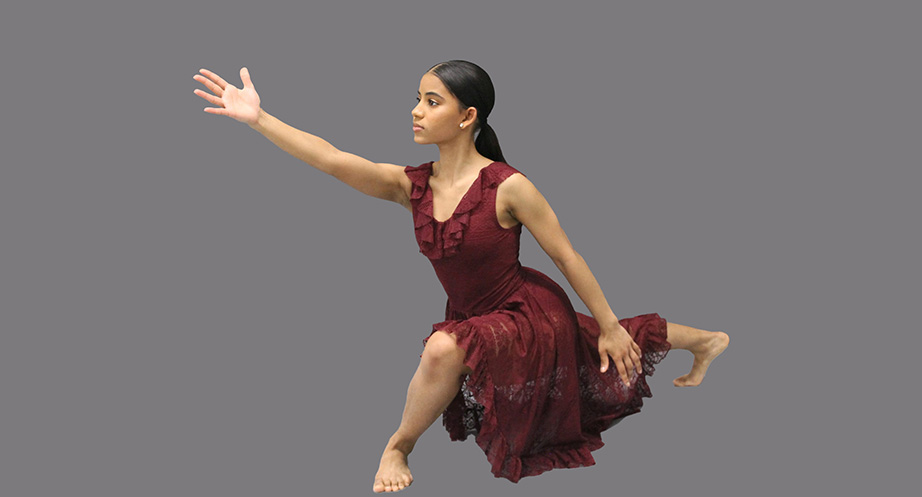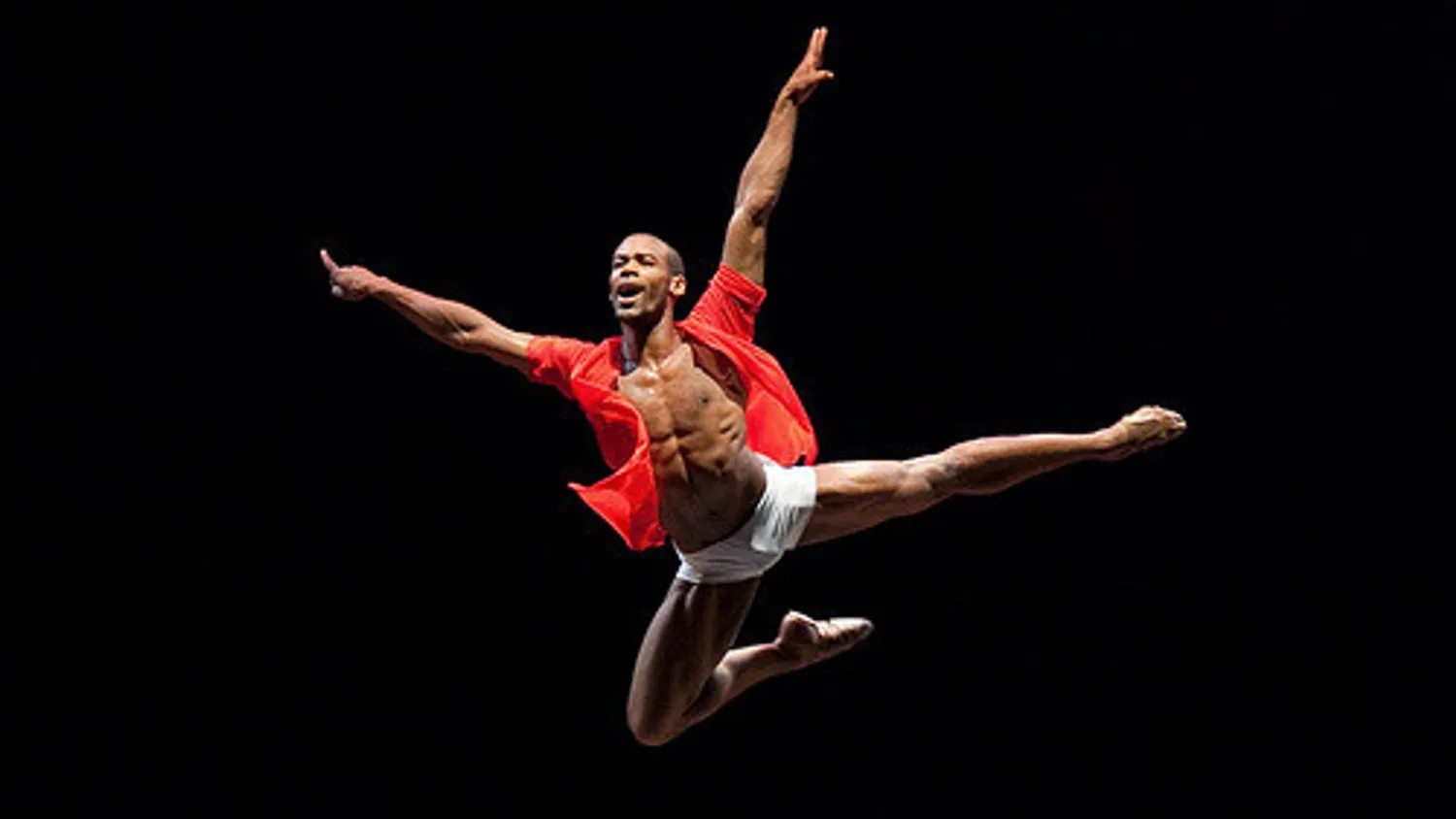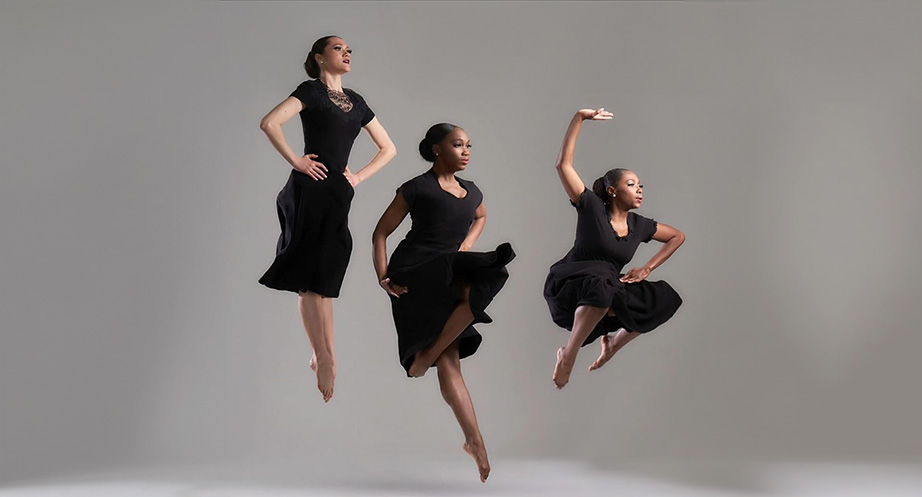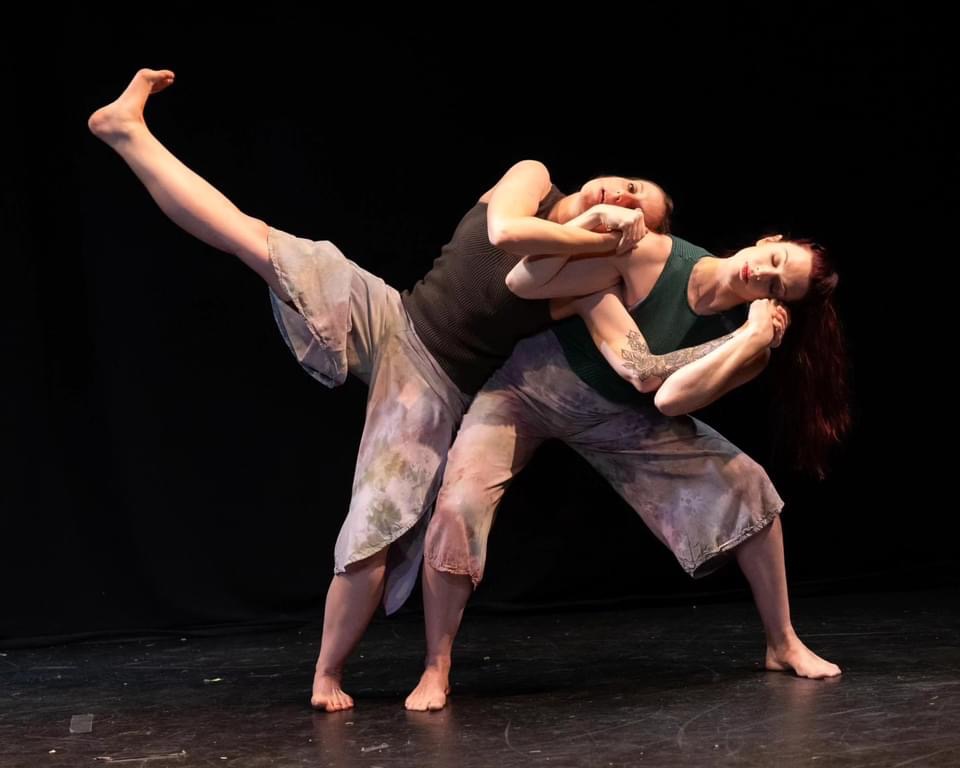With its parallel universes, Afro-contemporary choreography, non-traditional casting, and a keen ear for issues of power and privilege, Charles O. Anderson and Troy Dwyer’s ‘Tempest’ is anything but traditional Shakespearean fare.
WARNING – Your high school English teacher might not approve.
If you’re planning to attend Charles O. Anderson and Troy Dwyer’s dance theater adaptation of Shakespeare’s “The Tempest,” opening March 31 at Muhlenberg College, they would like you to know they have no interest in doing “traditional Shakespeare.”
“Come prepared to know that everything’s up for grabs,” says Anderson, a dance professor in the College’s Department of Theatre and Dance.
“Shakespeare finished ‘The Tempest’ in 1611, so it’s exactly 400 years old,” says Dwyer, a theater professor in the department. “We don’t believe it has exactly aged well, despite what many say. Our production aims to recoup ‘The Tempest’ for 2011. That means no doublets—but it also means getting honest about the play’s blemishes.”
Those familiar with Shakespeare’s fantasia of magic, power and revenge will certainly recognize that narrative in Anderson and Dwyer’s production, which runs March 31 to April 3 on the Empie Theatre stage, in Muhlenberg’s Baker Center for the Arts. “The Tempest” is the story of Prospero, a sorcerer set adrift by his rapacious brother, Antonio, and washed up on the shore of a remote island with just three souls for company: his beguiling child Miranda; Ariel, a mischievous sprite; and the bitter so-called “monster,” Caliban. When Antonio strays near the island, Prospero conjures a storm to wreck his ship and exact revenge—but the vessel crashes ashore bearing much more than Prospero could have anticipated.
This production, however, works to transform Shakespeare’s classic into a richer, more complicated experience, for audiences and actors alike—one that weaves the words of the Bard with movement and dance and alternate realities to create distinctly non-traditional points of view.
Anderson and Dwyer have collaborated before, most notably on the 2009 Muhlenberg world premiere production “Caw,” a dance theater fantasia spanning from the Yoruba religion of Nigeria to Uncle Remus tales of the Deep South to the drag balls of urban gay culture in the late 20th century.
Their work, both individually and in collaboration, takes a particular interest in issues of power and privilege: the ways in which history and literature can make it difficult for those not of the privileged classes—that is, the wealthy, white, straight, male, Western classes—to be heard.
This interest in part fueled their exploration of “The Tempest,” with its problematic gender roles, class violence, and slavery—many of which, they say, tend to be glossed over in traditional productions.
“Directors and actors have to bend the narrative in a way to find the whole person of Caliban and Ariel,” Dwyer says. “We’re complicating the Caliban story—ripping open characters and situations and letting the story of ‘The Tempest’ represent other stories and other power dynamics.”
The production features a star turn by Muhlenberg acting faculty member Holly Cate in the role of Prospero—another sign of its distinctly doublet-free nature. Along the same lines, Prospero’s servant Ariel will be portrayed by a group of five actors, each embodying a different facet of the ethereal character. Many of the characters, in fact, are inhabited by actors who do not look the part in any traditional sense.
“If you follow the conventional interpretation, this play has one role for an actor of color, and it’s as a savage,” Dwyer says. “It has one role for a woman. We are interested in creating opportunities for all artists to participate in and respond as artists to Shakespeare.”
Another significant departure is the parallel universe that directors and cast have created around the traditional story. In this meta-narrative, which frames the Prospero tale, Cate plays an elderly white woman wrestling with the bewildering urbanization of her surroundings, and the dire toll it takes on her own tattered imagination.
In this alternate reality, each of the company’s actors plays a different character, with a different set of relationships to each other and to the world of the play. Their story, told entirely through movement, often overlaps the tale of “The Tempest,” working sometimes in harmony or in counterpoint with the main narrative, and sometimes in conflict, creating dissonance and complication.
Anderson’s background as a dancer and choreographer is in Afro-contemporary movement forms, a synthesis of traditional West African movement and rhythms with modern dance techniques and the urban beats of today. He brings this fusion to the dance elements of this “Tempest,” which features contemporary music and what Dwyer calls “streetwise grittiness” alongside the poetry of Shakespeare.
While the production leaves off the doublets, the couplets are largely intact. Most of Shakespeare’s dense, poetic, often problematic language remains—and the element of dance allows the actors to clarify, comment on, and sometimes contradict the text they’re speaking.
“Dance theater allows tension and ambiguity to exist in a work,” Anderson says. “You can present remarkably clear but contradictory meanings through the movement and words of a piece.”
A dance theater approach also can bring a deeper, visceral understanding of the language of the play, according to Dwyer and Anderson, particularly language as dense as Shakespeare’s.
“Movement has the power to be this battery that can fuel an audience’s understanding,” Dwyer says. “No one can fully, cognitively grasp all of the language of Shakespeare’s characters. The meaning is associative, more than it is rational; you get it in your chest, more than in your brain—at least, you do when you’re in the hands of talented actors.
“And if you get someone who can really move, you take the Duracell out and put a nuclear reactor in there.”
Both Dwyer and Anderson would regard their relationship to Shakespeare as respectful without being reverential.
“Privileging the traditional narrative was never on the table,” Dwyer says, “because it just doesn’t make sense with what we do. Charles and I are both queer artists, Charles is an artist of color. We have a certain relationship with authority that doesn’t really allow for an adaptation that is both honest and ‘traditional.'”
“The Tempest” performances are Thursday through Saturday, March 31 through April 2, at 8 p.m.; and Sunday, April 3, at 2 p.m. Tickets are $15 for adults and $8 for patrons 17 and under. Performances are in the Empie Theatre, in the Baker Center for the Arts, Muhlenberg College, 2400 Chew St., Allentown.
“The Tempest” performance information and tickets are available at 484-664-3333 or www.muhlenberg.edu/theatre.






